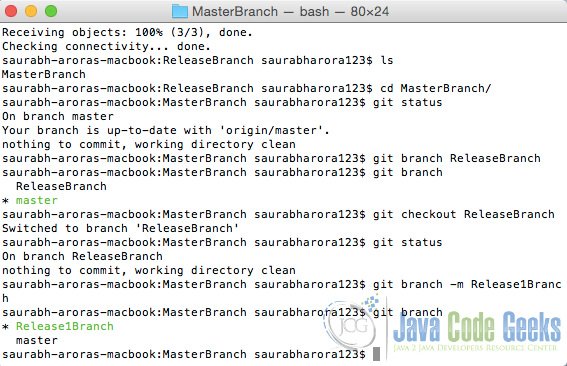

In Netlify, it’s pretty straightforward to change the deployment branch to main (or primary or whatever you like!) just head to your site in the control panel then: That’s because they’re configured to trigger when you push changes to your old master branch, which doesn’t exist any more. If they depend on a specific "origin/master" branch, you might have to change their settings, too.When you rename your Git branch, it’s going to break any deployments you’ve got set up.

One thing to keep in mind, though, is your toolchain: if you're using a CI/CD tool, GitHub Actions, Azure DevOps / Atlassian Bamboo / GitLab CI pipelines or anything like this, you should check these tools thoroughly. In case you're using the Tower Git client, your colleagues can simply rename their local "master" branch and then change the tracking connection in the contextual menu: Things to Keep in MindĪs you've seen, the process of renaming "master" to "main" isn't terribly complicated. # Create a new tracking connection with the new "origin/main" branch: # Remove the existing tracking connection with "origin/master": # Get the latest commits (and branches!) from the remote: If other people on your team have local clones of the repository, they will also have to perform some steps on their end: # Switch to the "master" branch: You will then be able to delete the old "master" branch on the remote. In case you are using the Tower Git client, you can rename branches very easily:Īfter creating the new "main" branch on the remote, you might then (depending on your Git hosting platform) have to change the "default" branch or remove any "protected" status for "master". If you try again now, deleting "master" from the remote repository should be successful: $ git push origin -delete master

You'll need to resolve this before you can go on. Additionally, your old "master" might be set as "protected". ! master (refusing to delete the current branch: refs/heads/master)Įrror: failed to push some refs to like other code-hosting platforms, too, expects you to define a "default" branch - and deleting this is not allowed. In many cases, however, you will see an error message like the following one: To Let's go on and remove the old "master" branch on the remote: $ git push origin -delete masterĭepending on your exact setup, this might have worked and the renaming is successful. We now have a new branch on the remote named "main". Make sure your current local HEAD branch is still "main" when executing the following command: $ git push -u origin main Instead, we'll have to create a new "main" branch and then delete the old "master" branch. In the second step, we'll have to create a new branch on the remote named "main" - because Git does not allow to simply "rename" a remote branch. So far, so good! The local branch has been renamed - but we now need to make some changes on the remote repository as well! Renaming the Remote master Branch as Well Your branch is up to date with 'origin/master'. Let's quickly check if this has worked as expected: $ git status The first step is to rename the "master" branch in your local Git repositories: $ git branch -m master main


 0 kommentar(er)
0 kommentar(er)
